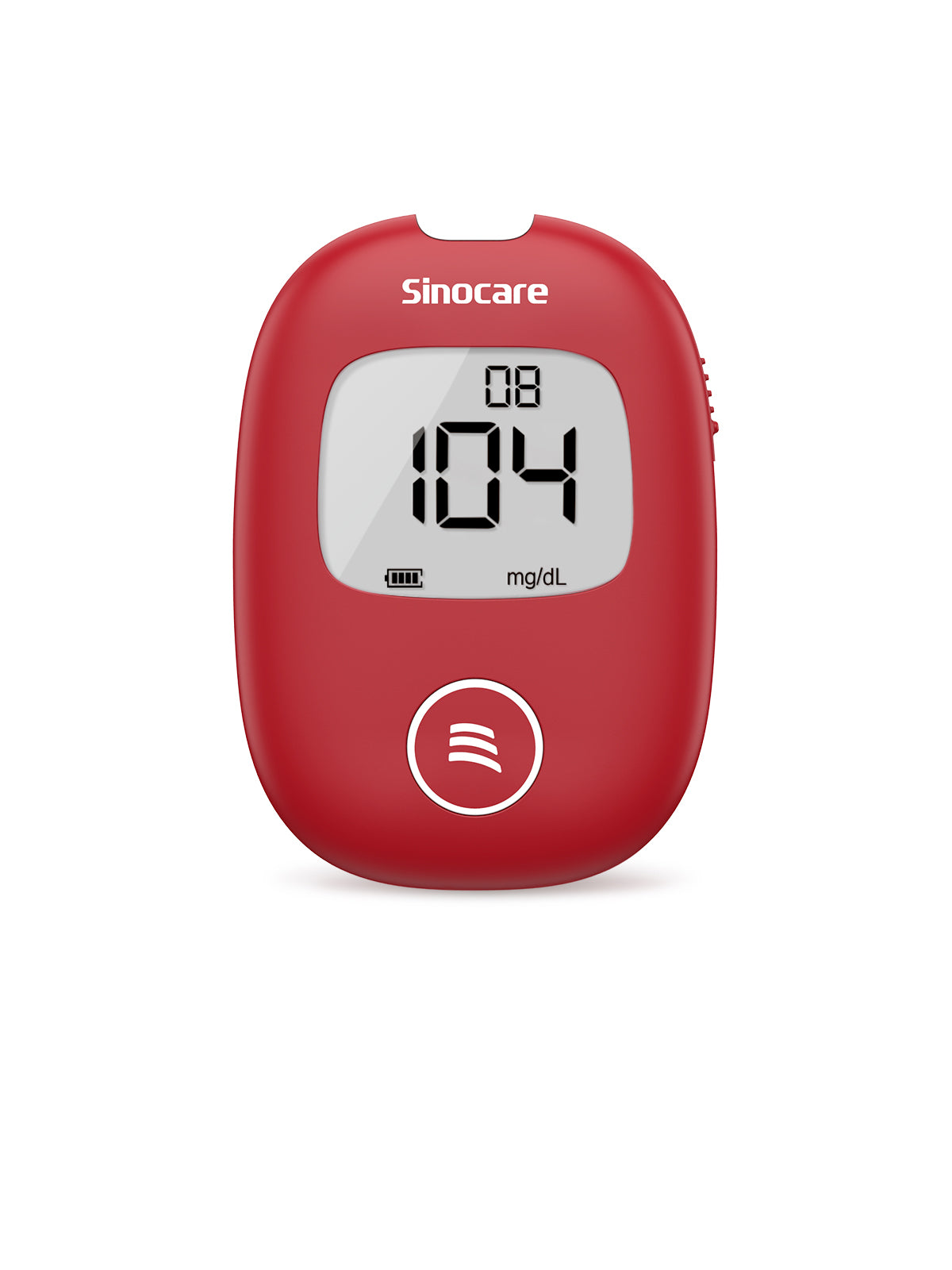Caring for love and health👉For now, Use Code "VTDFZ8" to get 20% off (2 items or more) to buy all of our products.
Diabetes is a major health issue that has reached alarming levels. Today, more than half a billion people are living with diabetes worldwide. On average, one in two adults is at risk of diabetes - what a frightening number!
WHAT IS DIABETES?
Diabetes mellitus is a group of metabolic disorder syndromes caused by absolute or relative insufficiency of insulin secretion and reduced sensitivity of target tissue cells to insulin, with hyperglycemia as the main hallmark. The main clinical manifestations of diabetes mellitus are polydipsia, polyuria, polyphagia and weight loss, as well as high blood sugar and glucose in urine (normal urine should not contain glucose). Diabetes can cause damage to multiple systems in the body if not treated effectively.
There are 3 major types of diabetes: Type 1 diabetes, Type 2 diabetes, and Gestational Diabetes.
DANGERS OF DIABETES
If left uncontrolled for a long time, diabetes can cause damage to many organs in the body, leading to disabling and life-threatening health complications such as cardiovascular disease (CVD), neuropathy, kidney damage (diabetic nephropathy), lower limb amputation (diabetic foot), and retinopathy that leads to vision loss or even blindness.

For example, Practical recommendations for the management of patients with novel coronavirus infections combined with diabetes published recently in the prestigious international journal The Lancet found that older diabetics with COVID-19 are at higher risk of dying from the disease and that the virus may actually drive normal people to become newly diabetic.
However, with proper management of diabetes, these serious complications can be delayed or completely prevented.
The IDF Atlas of Diabetes is the authoritative source of evidence on the prevalence of diabetes, associated morbidity and mortality, and diabetes-related health expenditures at the global, regional, and national levels. The findings of the current 10th edition confirm that diabetes is one of the most rapidly chronic diseases by 2021, an estimated 537 million people will have diabetes, and that number is projected to reach 643 million by 2030 and 783 million by 2045. In addition, 541 million people are expected to have abnormal glucose tolerance in 2021. It is estimated that more than 6.7 million people ages 20-79 will die from diabetes-related causes in 2021. The number of children and adolescents with diabetes is increasing every year. In 2021, more than 1.2 million children and teens will have type 1 diabetes. Direct health expenditures due to diabetes are already approaching one trillion dollars and will surpass that number by 2030.
This 10th edition of the IDF Diabetes Atlas also shows that hyperglycemia in pregnancy (HIP) affects about one in six pregnant women. Another concern is the consistently high percentage of people with undiagnosed diabetes, about 45%, the vast majority of whom have type 2 diabetes. This underscores the urgent need to improve diagnosis for people with diabetes, many of whom do not know they have it until they develop significant symptoms or even some complications.
Your body may exhibit many symptoms that could be signs that you have diabetes. Such as headaches, frequent urination, sudden weight loss, low energy, excessive thirst, constant hunger, back pain, low energy, mood swings, etc. To help you know if the symptoms you are exhibiting are caused by diabetes, you can use our Sinocare blood glucose meter to check your blood sugar levels.
According to WHO & IDF, the diagnostic criteria for diabetes and prediabetes are as follows.
Diabetes mellitus:
Fasting blood glucose≧130mg/dl (7.0 moml/l)
Two-hour postprandial blood glucose≧200mg/dl (11.1mmol/l)
Pre-diabetes:
Fasting blood glucose = 100-125 mg/dl (5.6-6.9 mmol/L)
2-hour blood glucose = 140-199 mg/dl (7.8-11.0 mmol/L)
Don't be like the millions of adults who have diabetes and don't know they have it until it sends them to the hospital. In an age of such advanced technology, all it takes is a little glucose meter to keep an eye on your blood sugar.











Leave a comment
All comments are moderated before being published.
This site is protected by hCaptcha and the hCaptcha Privacy Policy and Terms of Service apply.